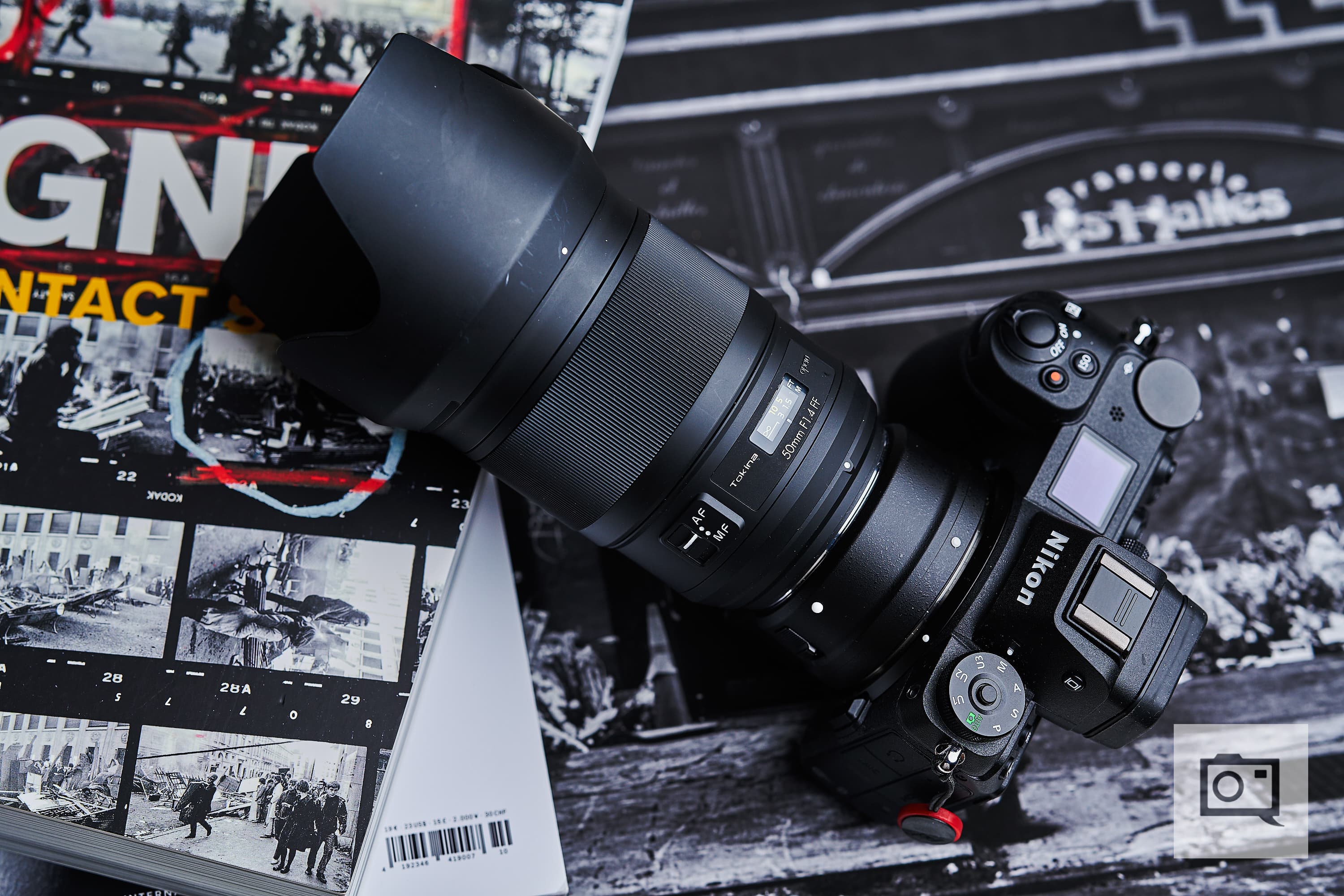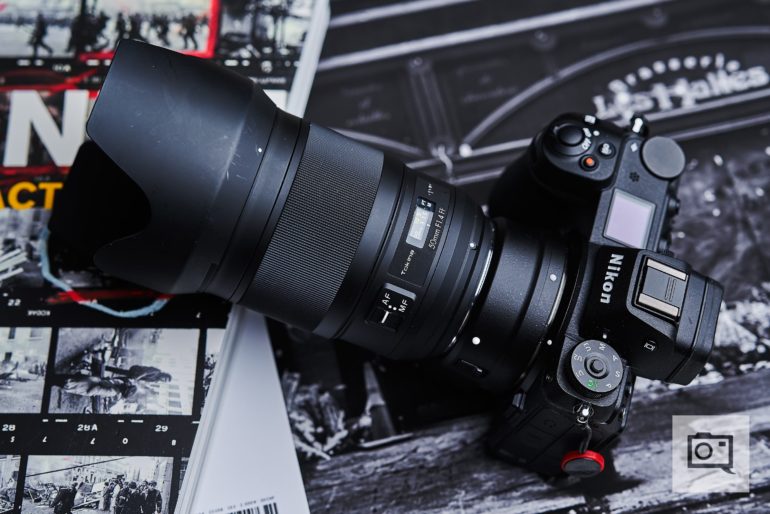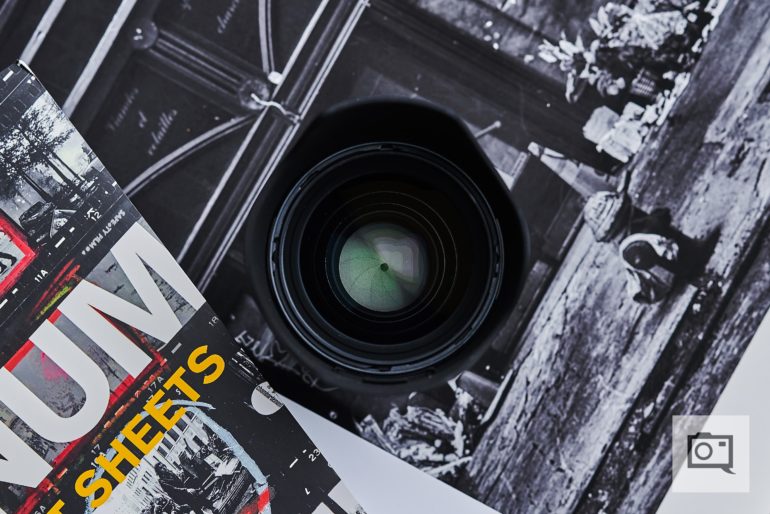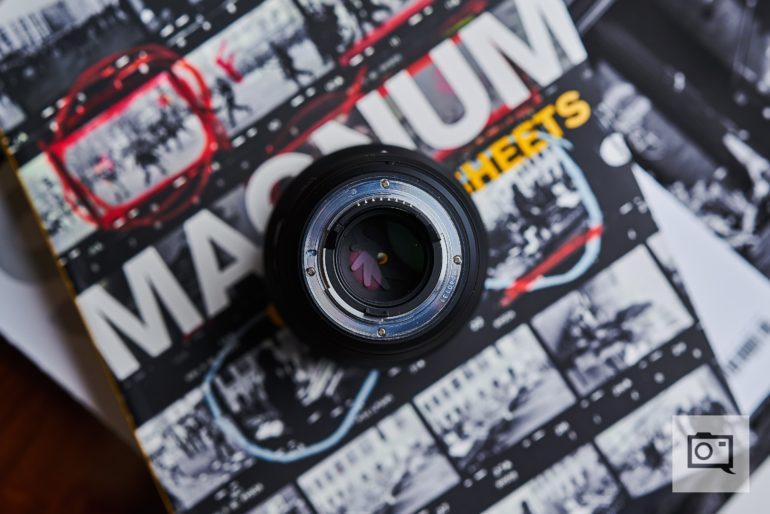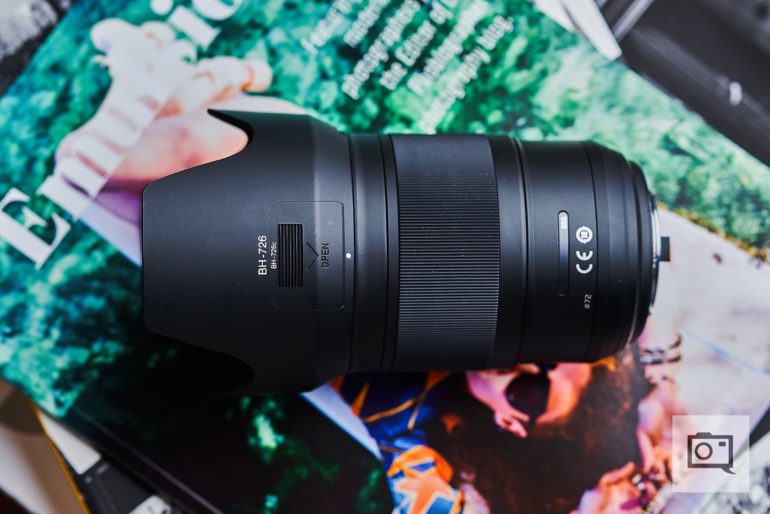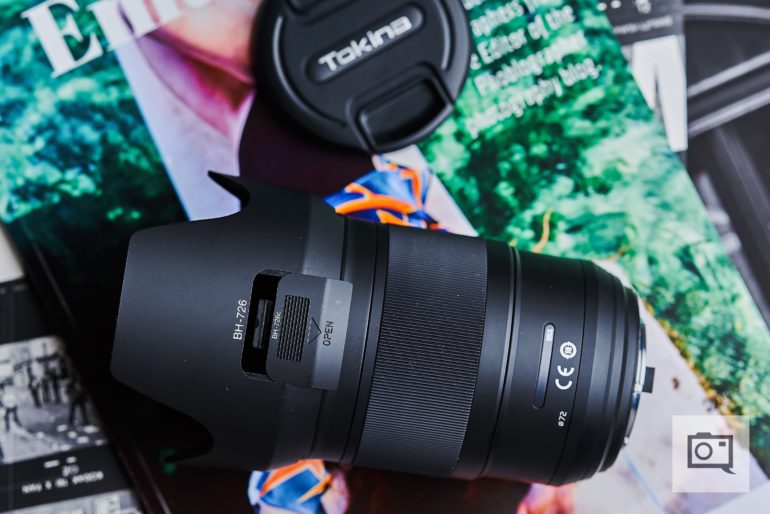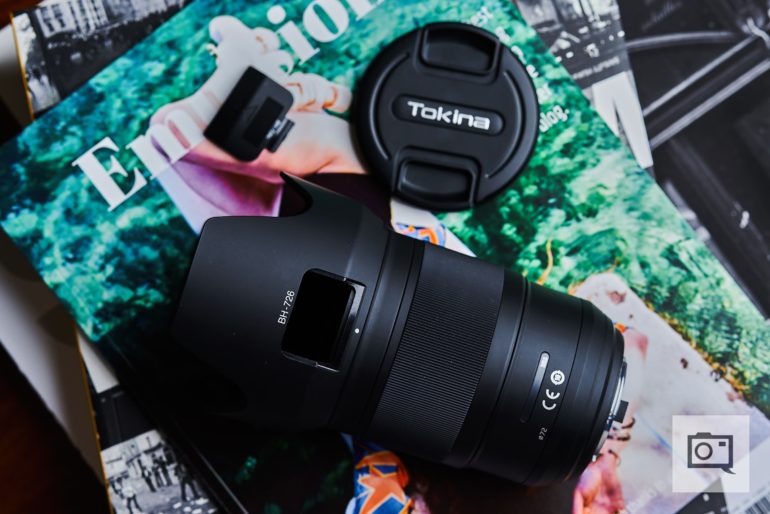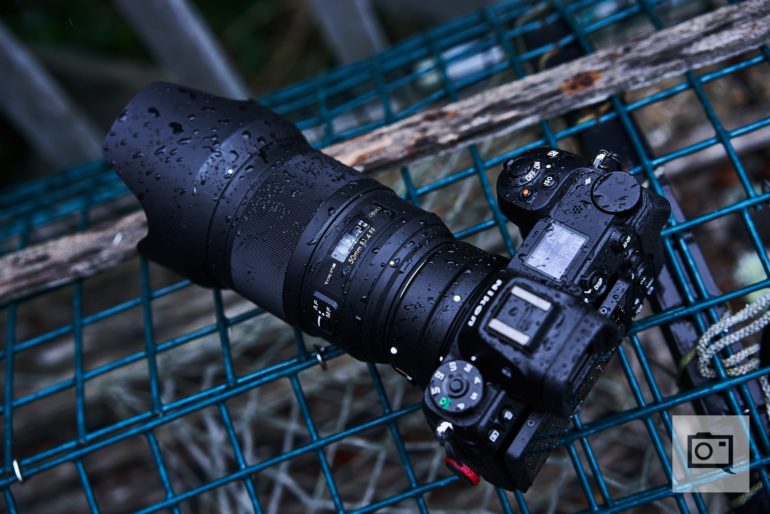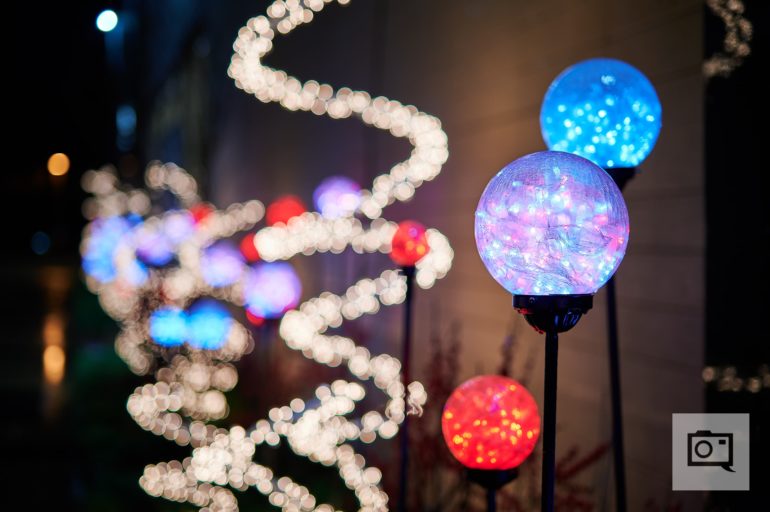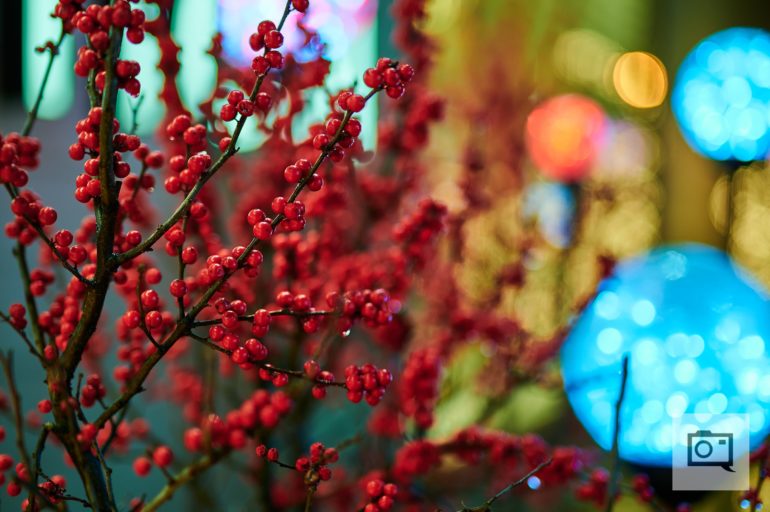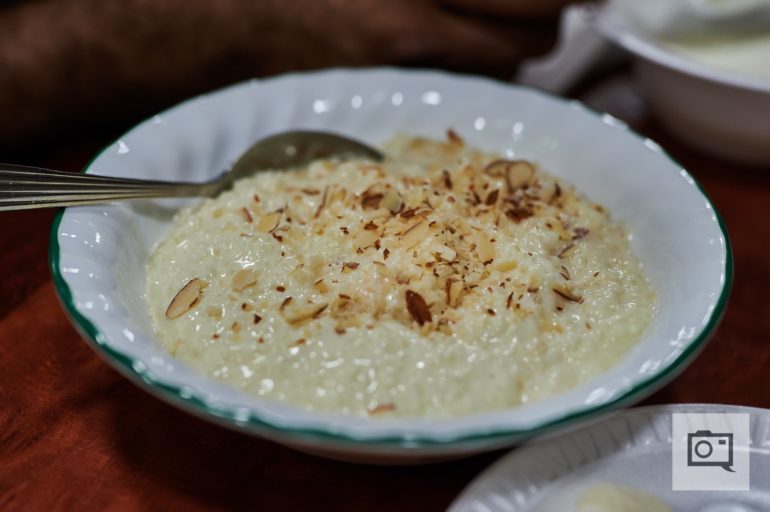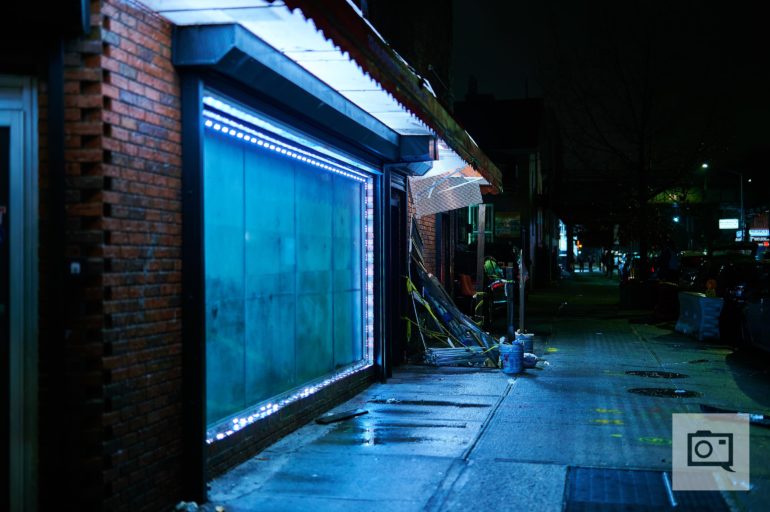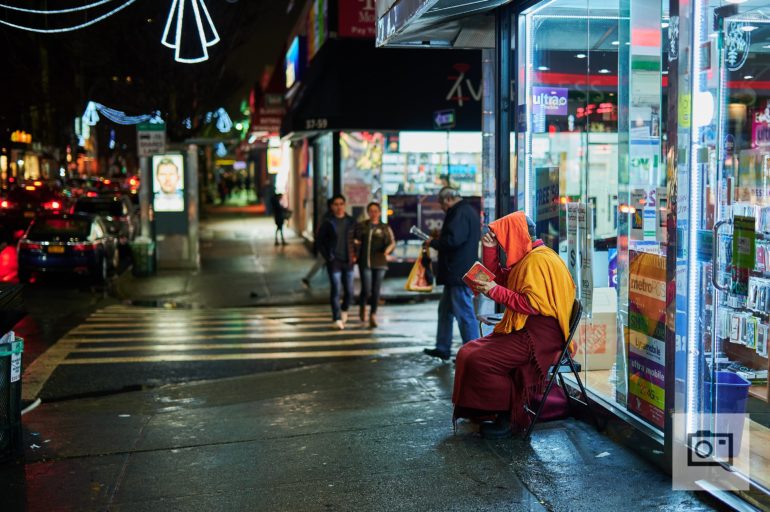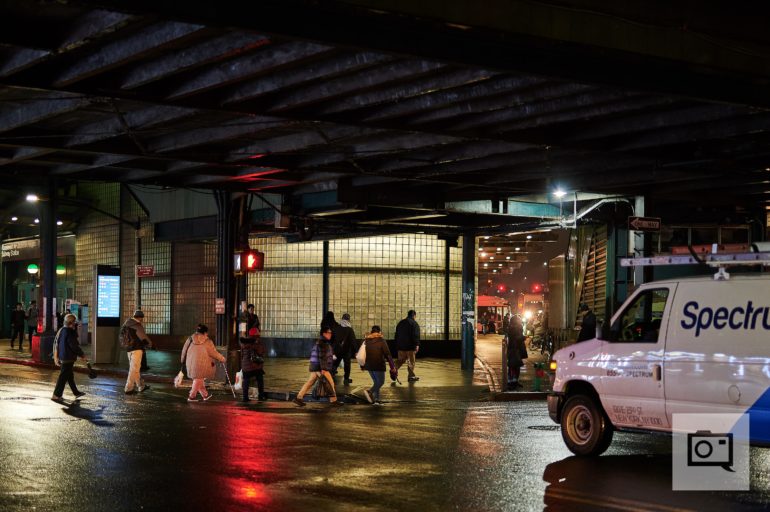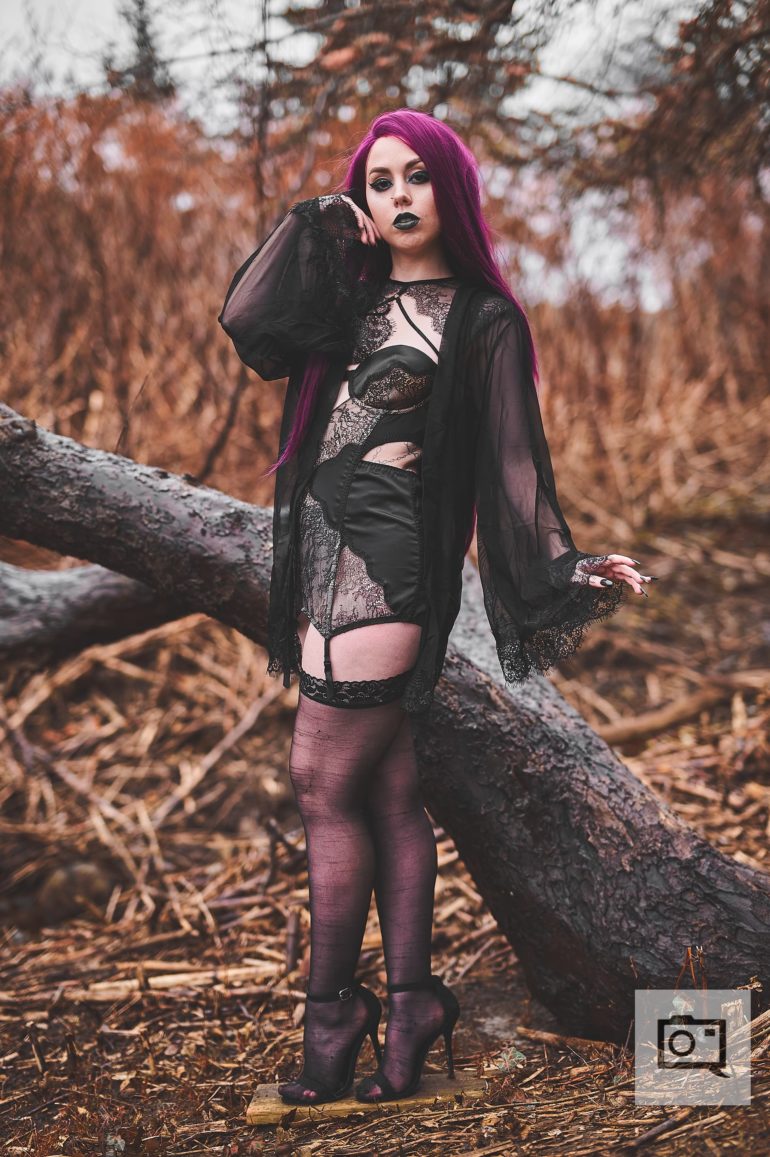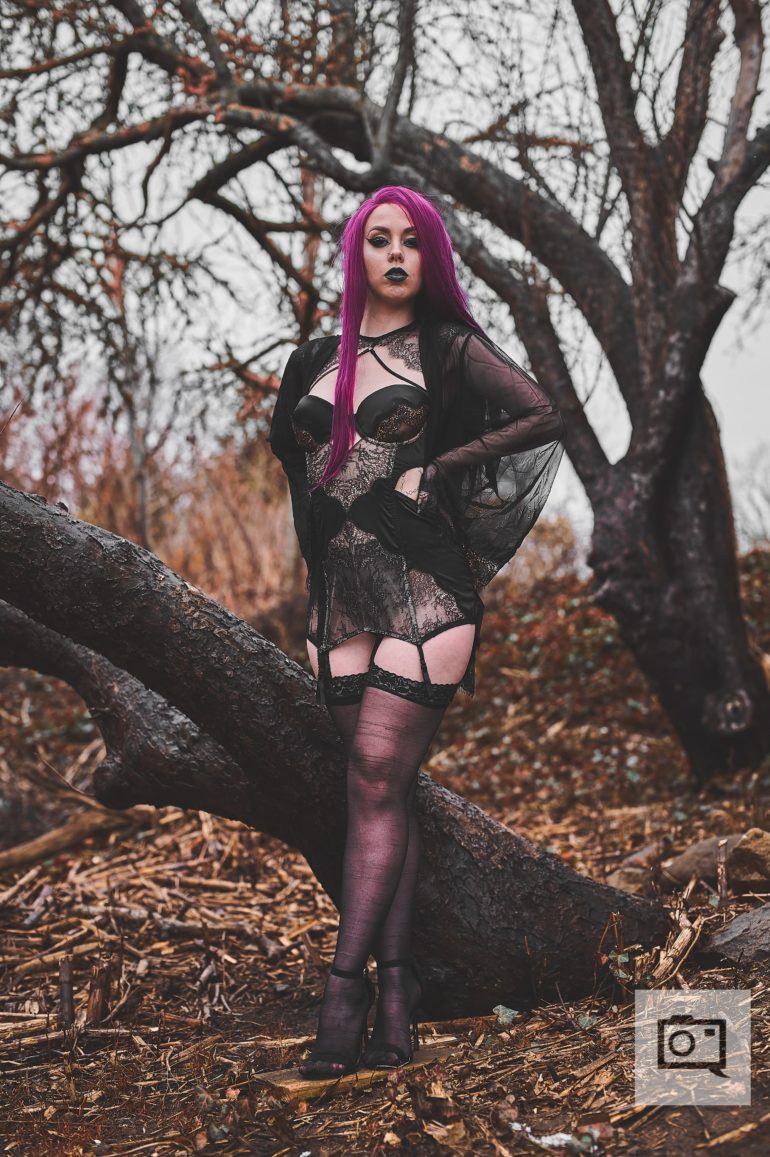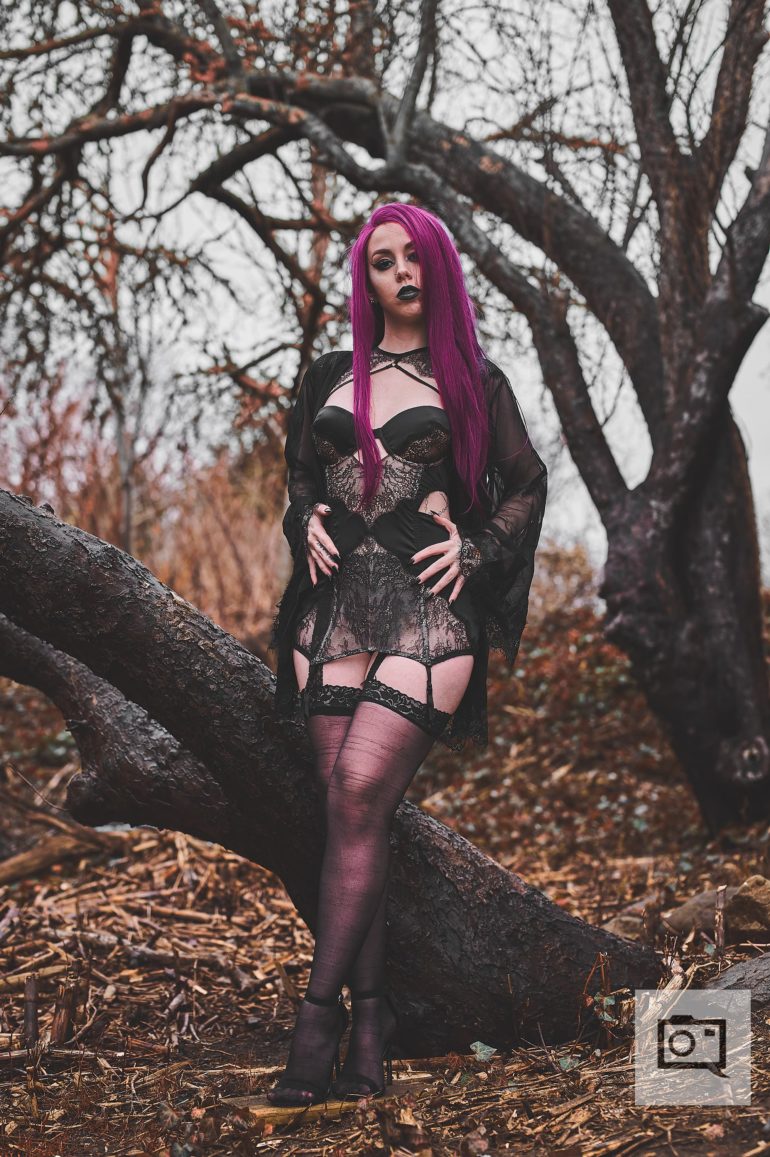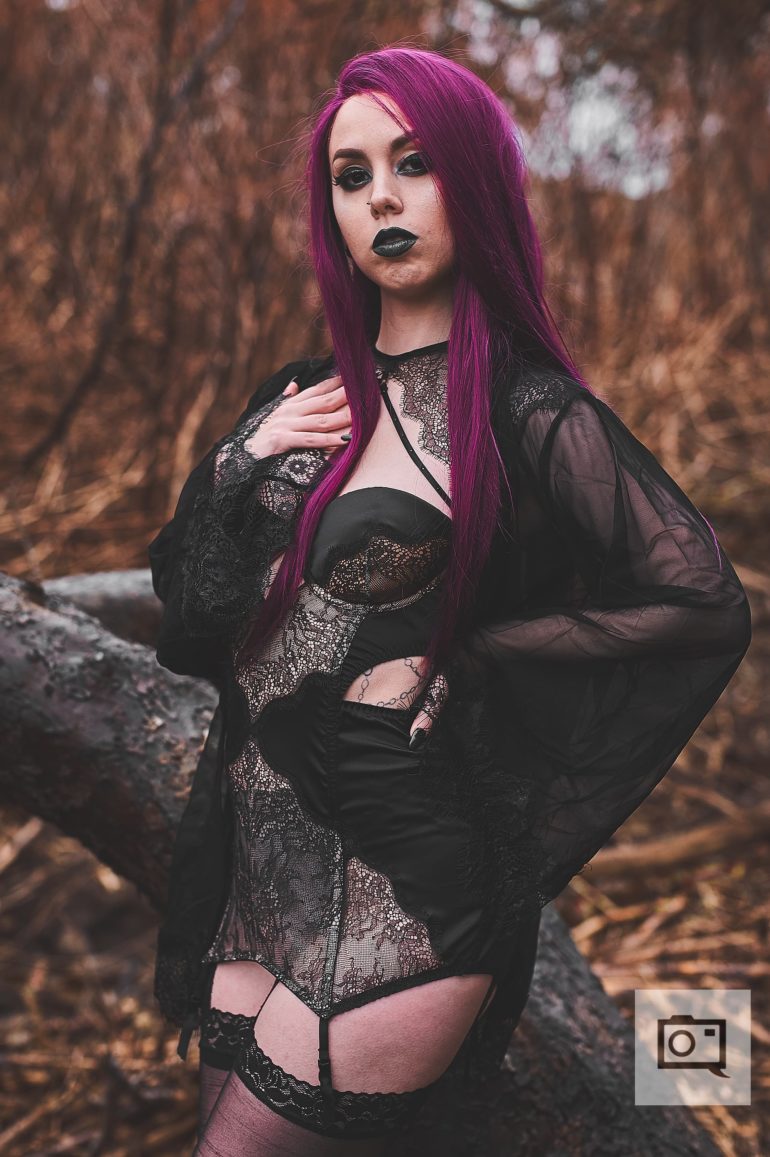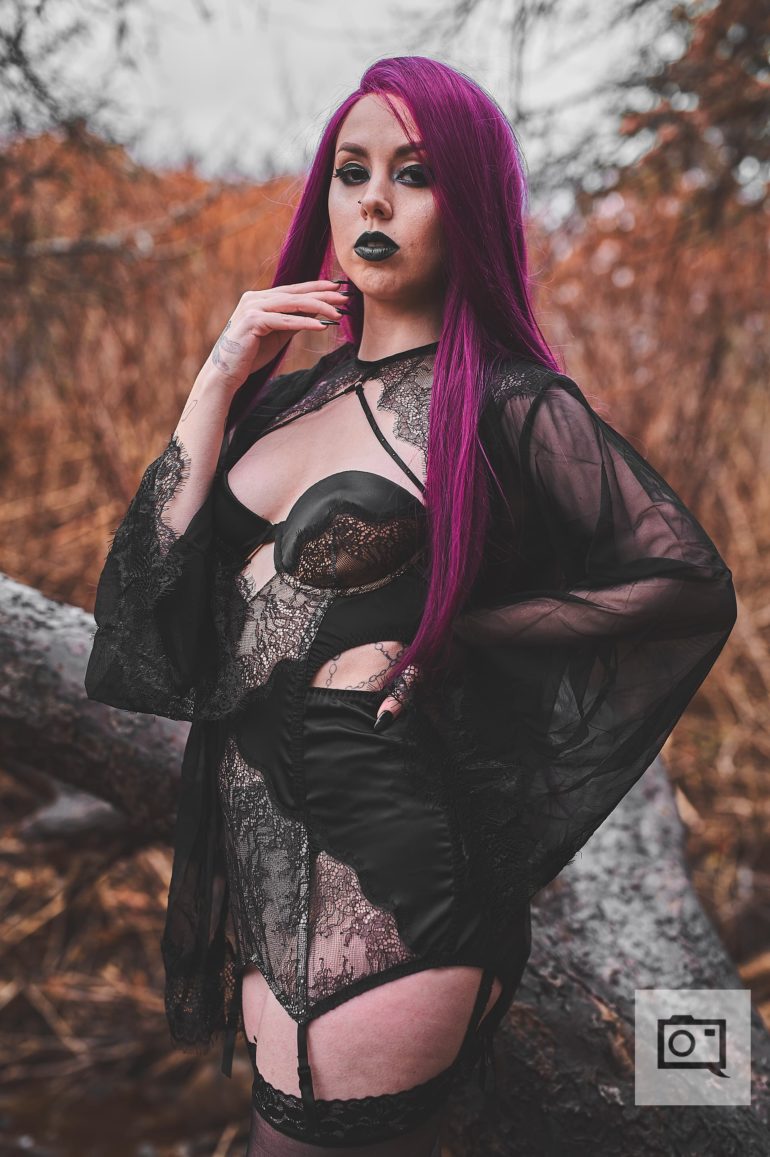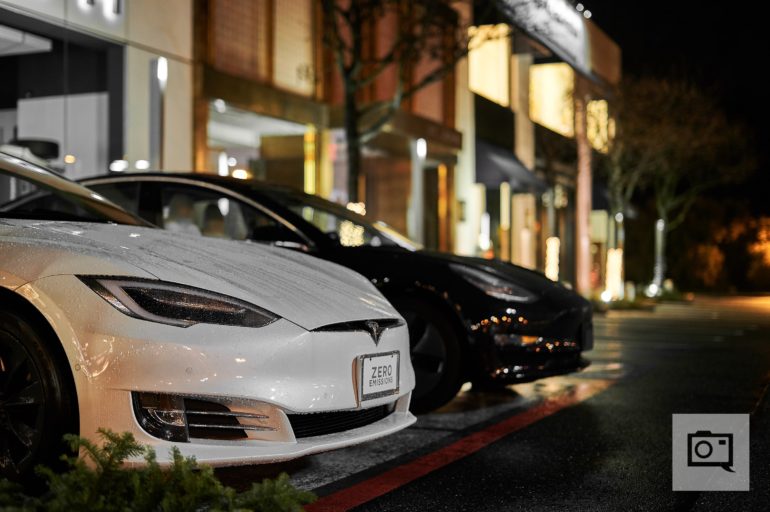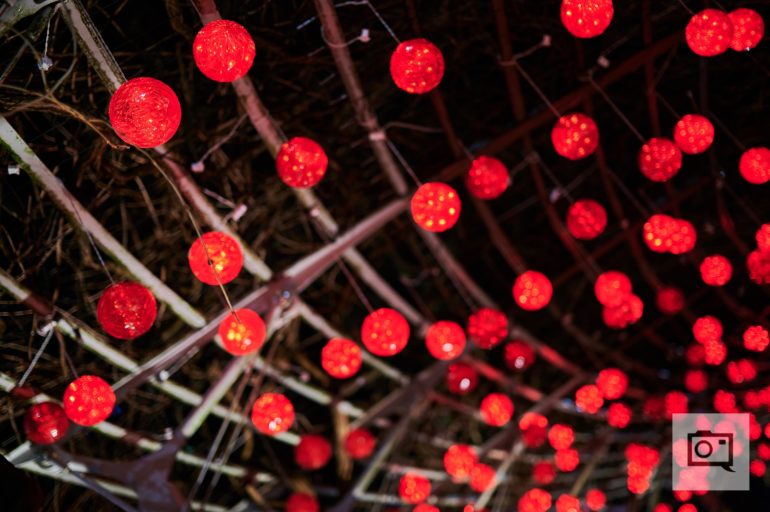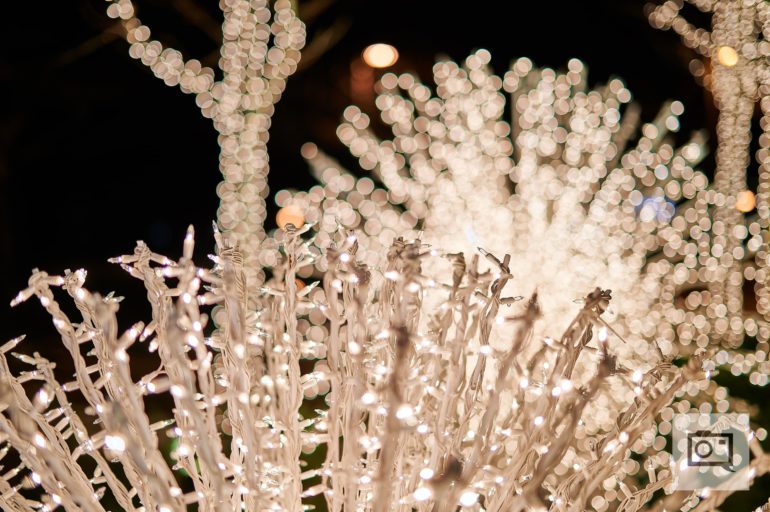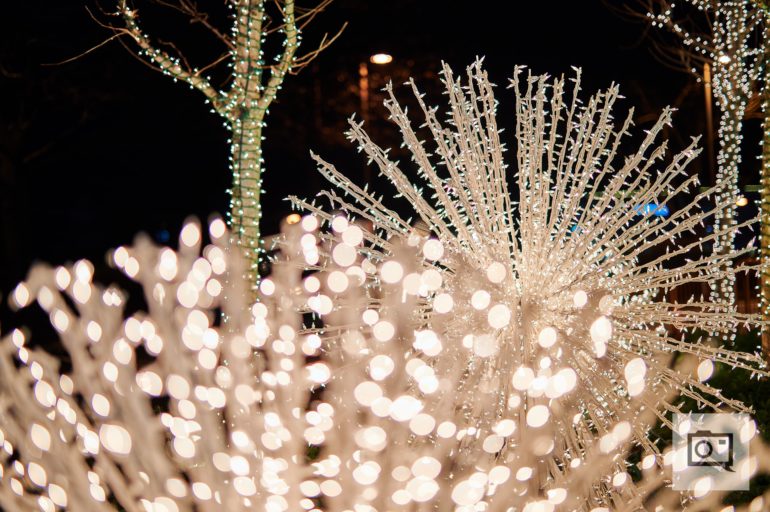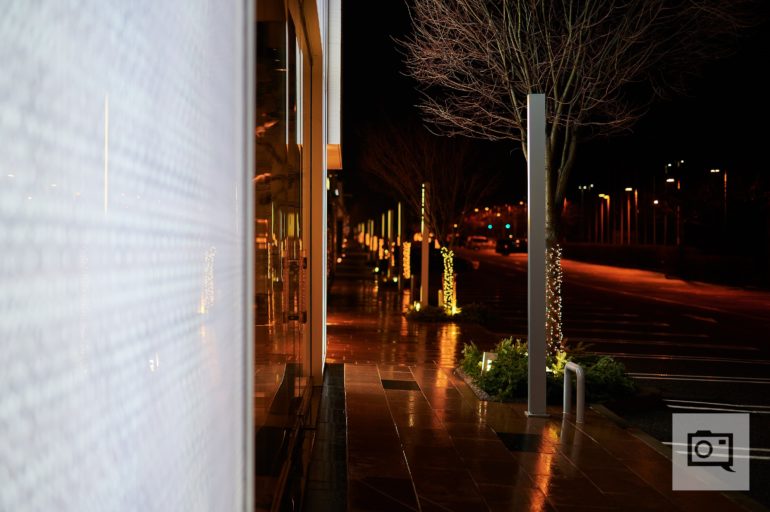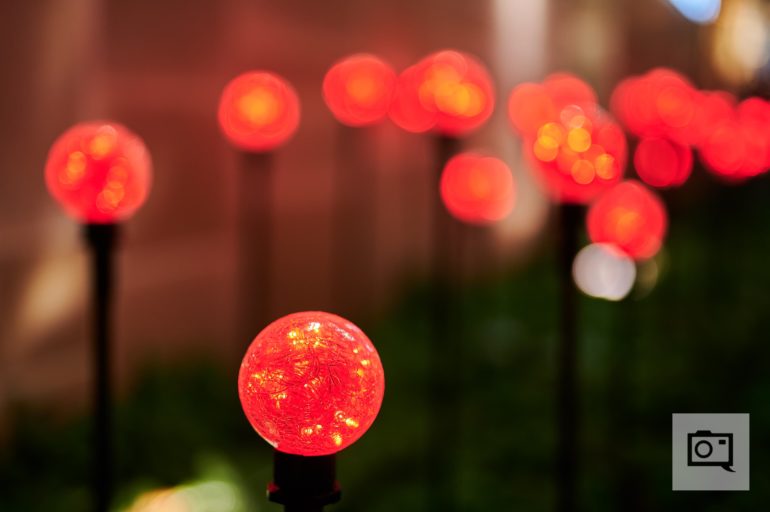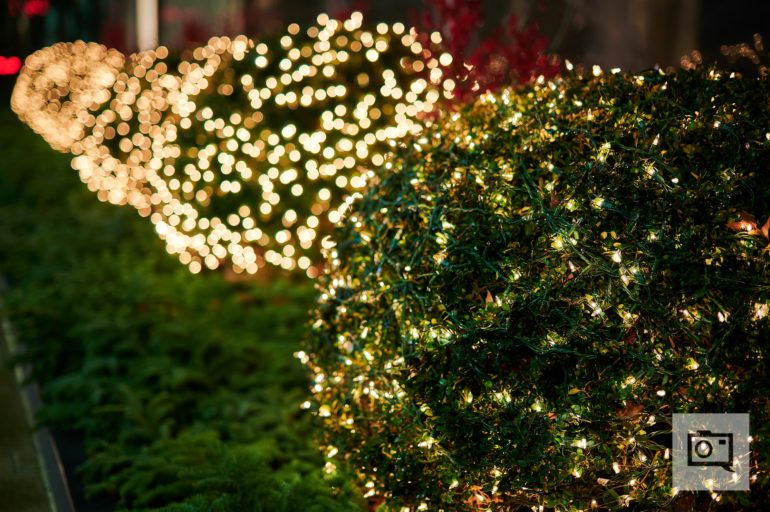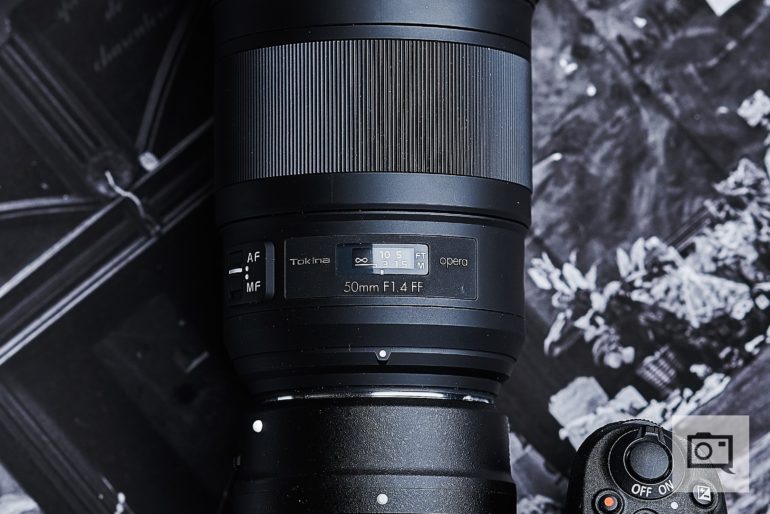Last Updated on 03/29/2019 by Mark Beckenbach
If it’s bokeh and sharpness you’re after, the Tokina Opera 50mm f1.4 has you covered.
The Tokina Opera 50mm f1.4 is the first lens that the Japanese lens manufacturer is launching as part of their newly introduced Opera premium lens lineup. These lenses are designed for high res, full frame DSLRs. During last year’s Photokina, we had the opportunity to spend some time with the Canon EF mount version of the lens and came away quite impressed. In some respects, what Tokina has created with the Opera line feels like a direct response to Sigma’s highly regarded Art series, both in terms of performance as well as pricing. Tokina was kind enough to send over a review unit of the Opera 50mm, this time in Nikon F mount, for us to evaluate in the independent and exhaustive manner that The Phoblographer is known for.
So how’d it do?
Pros and Cons
Pros
- Robust build quality
- Excellent sharpness
- Beautifully creamy bokeh
- Reliable weather resistance
Cons
- Larger and heavier than other 50mm f1.4 lenses designed for DSLRs
- Lens hood window design could be improved.
- Currently only available for Canon EF and Nikon F mounts
Gear Used
We tested the Tokina 50mm f1.4 Opera with the Nikon Z6 and Nikon Z7 using the Nikon FTZ Mount Adapter.
Tech Specs
Tech specs for the Tokina 50mm f1.4 Opera are taken from Tokina’s official product page.
| General Info | |
| Brand | Tokina |
| Product Family | Lens |
| Model | opera 50mm F1.4 FF |
| Model Description | Tokina opera 50mm f/1.4 FF |
| Series | opera |
| Mount | Canon EF, Nikon F |
| Type | Standard Prime |
| Color | Black |
| Country of Origin | Vietnam |
| Main Specifications | |
| Focal Length | 50mm |
| Maximum Aperture | f1.4 |
| Minimum Aperture | f16 |
| Automatic Aperture | Yes |
| Manual Aperture Ring | No |
| Angle of View | 47°24′ |
| Minimum Focusing Distance | 0.4m |
| Focusing Mode | Automatic |
| Manual Focusing Ring | Yes |
| Autofocus Switch | Switch |
| Focusing Type | Internal Focus |
| Sensor Size | Full Frame |
| Filter Size | 72mm |
| Multi-coating | Yes |
| Construction | |
| Construction E/G | 15 Elements in 9 Groups |
| Aperture Blades | 9 |
| Electrical Contacts | Yes |
| Additional Info | |
| Dimensions | 80 x 107.5 mm |
| Weight | 950g |
| Lens Hood | BH-726 |
| Package | Carton Box, Front Lens Cap, Instructions Manual, Lens Hood, Rear Lens Cap, Warranty Sheet |
| Warranty | 2 Year Limited Warranty |
Ergonomics
The lens is seen in the above image mounted to a Nikon Z7 via the Nikon FTZ adapter. When you pick up the Tokina Opera 50mm f1.4 the first thing you will notice is the sizable focus ring that dominates much of the lens barrel. Besides that, you will find the Focus Distance Scale as well as the Autofocus/Manual Focus switch. The tastefully understated branding can be seen surrounding the Focus Distance Scale.
The front of the Tokina 50mm f1.4 Opera features a 72mm filter thread, supporting the use of screw-in filters. Looking through the front element, you can see the nine aperture blades that form the circular diaphragm. The front element is coated in Tokina’s newly developed ELR (Extremely Low Reflection) coating that is designed to help minimize ghosting and flares.
Moving towards the rear of the Tokina Opera, you can clearly see the rubber gasket responsible for warding off any moisture and dust that tries to make contact with your camera’s internals.
The lens hood that comes with the Tokina Opera 50mm f1.4 features a filter window, allowing you to make adjustments to circular polarizing filters even when the hood is attached.
You will need to remove the window cover in order to access your circular polarizing filter through the filter window.
While having a filter window is certainly a useful feature, we wish the cover was retractable instead of removable and could be integrated into the body of the lens hood itself. This is honestly the only complaint that we had with the Tokina Opera 50mm f1.4, as that filter window cover is something that can be easily misplaced.
Build Quality
When a manufacturer touts weather resistance as a selling point, like Tokina is doing with the 50mm f1.4 Opera, you can be sure that we will put those claims to the test. We had a particularly cold and wet Fall/Winter here on the East Coast of the US, and we certainly put the lens through the wringer during our time with it, testing the lens in a mixture of heavy rain, snow, sleet, and freezing temperatures. We’re happy to report that the Tokina 50mm f1.4 Opera kept working without incident throughout all of the adverse conditions we subjected it to. As long as you’re using the Opera with a weather sealed camera body, we are confident it will serve you just fine in the rain or snow.
Ease of Use
The Tokina Opera 50mm f1.4 is honestly a very straight forward lens to operate. Simply mount it onto your camera, make sure you’ve got the toggle set to the correct focus setting (auto or manual), and you’re off to the races. For photographers who prefer to focus manually, like those shooting landscapes, the massive focus ring on the front of the lens barrel makes manual focusing a cinch. Tokina’s really done a great job with the Opera 50mm f1.4.
Autofocus
Throughout our time with the Tokina Opera 50mm f1.4, the lens acquired focus quickly and consistently, even when shooting in low light conditions. Obviously, the camera that the lens is mounted onto has a direct impact on how well or poorly it will perform, and despite the somewhat lackluster autofocus capabilities of the Nikon Z6 and Z7, the Opera 50mm f1.4 performed admirably. Your hit rate when using this lens will be consistently high as long as your focus point is properly aligned onto your subject.
Image Quality
The biggest reason that you will want to consider adding the Tokina Opera 50mm f1.4 into your arsenal is the gorgeous image quality this lens is capable of rendering. As far as 50mm lenses go, this is one of the best I’ve had the pleasure of using.
Bokeh
Bokeh lovers will find lots to love about the Tokina 50mm f1.4 Opera. Thanks to the nine bladed round aperture design, bokeh balls located in the center of your frame will be almost perfectly circular, taking on a more oval shape as you move towards the perimeter of your image. While you may detect some onion rings within the bokeh balls, the overall quality of the bokeh produced by the Opera is very pleasing to the eye, and the transition between in and out of focus areas of your image is velvety smooth. To be honest, you’re really only going to notice the onion rings if you happen to be pixel peeping, which you really shouldn’t be doing to begin with.
Chromatic Aberration
You may on occasion detect some slight color fringing on the periphery of some of the bokeh balls, but it’s far from distracting and hardly noticeable unless you go hunting for it. For the most part, Tokina’s done a commendable job of minimizing ghosting and flaring.
Sharpness
In terms of sharpness, the Tokina 50mm f1.4 Opera delivers in spades. Subjects in focus will appear sharpest around the center of your frame, but if you happen to be shooting wide open, you will notice a slight drop in sharpness as you approach the corners. Stop the lens down to f4-f5.6 and that becomes a non-issue.
Color Rendition
Looking at the images we captured using the Tokina Opera 50mm f1.4, colors were accurate and didn’t require much finessing during post-processing. If you happen to prefer to give your images a punchier look, you can always dial up the saturation or vibrance in post, depending on which RAW editor you’re using.
Additional Image Samples
Conclusions
With an MSRP of US$949, the Tokina Opera 50mm f1.4 is definitely on the pricier side as far as autofocusing, Full Frame 50mm f1.4 lenses go. If you are a photographer on a budget, there are certainly more affordably priced 50mm f1.4 lenses on the market. What Tokina is offering in exchange for your hard earned money with the Opera 50mm f1.4, however, is a remarkably well-built 50mm that features fast and consistent autofocus, reliable weather resistance, and most importantly, truly superb image quality. While the Opera is unquestionably larger and heavier than a lot of other 50mm f1.4 DSLR lenses on the market, those are easy trade-offs to live with. Recalling the comparison between the Tokina Opera series and the Sigma Art series that we alluded to previously, both the Opera 50mm f1.4 and the Sigma 50mm f1.4 Art feature excellent image quality, are identically priced, and comparably sized, with the difference being the Tokina weighing in ever so slightly heavier while the Sigma lacking in weather sealing. In short, Tokina has created a worthy rival with the Opera 50mm f1.4 to the ever popular Sigma 50mm f1.4 Art, as long as you’re a Canon or Nikon shooter. Only time will tell if Tokina will offer the Opera 50mm f1.4 in other lens mounts like Sigma has started to do in recent years.


The Tokina Opera 50mm f1.4 earns five out of five stars, earning it The Phoblographer’s Editor’s Choice Award. Want to add one to your kit? You can pick one up for yourself here. The Tokina Opera 50mm f1.4 is also available in Canon EF Mount.


